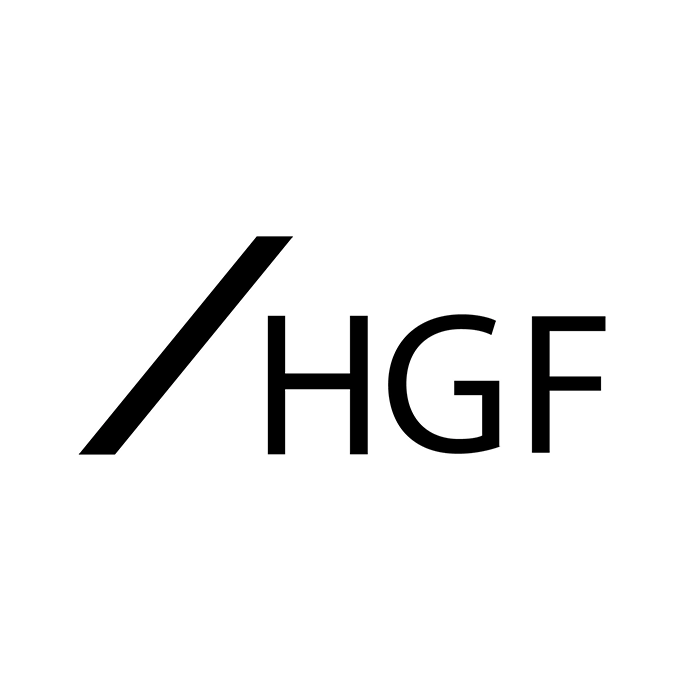Retail Scanner
Retail bites
Oktober 2017
Case law that’s easy to digest. From Azumi v Zuma to Apple v Acardia, find out this year’s legal decisions made or considered at trial.
Azumi v Zuma
High-end Knightsbridge restaurant ‘Zuma’ succeeded in trade mark infringement proceedings against dog food company Zuma’s Choice Pet Products Ltd and its sole director. This case on tarnishment demonstrates that even without actual evidence of loss, the nature of a mark can be enough to establish an adverse economic effect.
‘Zuma’ had complained of dineinwithzuma.com, the website itself and the website’s use of the signs DINE IN WITH ZUMA, ZUMA and a device mark featuring “Dine in with Zuma”.
In assessing whether ‘Zuma’ has sufficient reputation to establish infringement, the Court held that the relevant market was high-end London restaurants. ‘Zuma’s’ popularity with the public and celebrities, the press and awards meant the marks had a substantial reputation in the UK and EU, enhancing the distinctiveness of ZUMA, the dominant element in all the signs.
Zuma’s high-end reputation made the marks vulnerable to being tarnished and there was a serious likelihood of an adverse effect on the economic behaviour of the average consumer through the “unpleasant associations” with dog food, regardless of its quality; comparatively, a trade mark associated with a cheap restaurant chain would be more robust.
The own name defence based on the director’s dog, Zuma, failed as the dog was not party to the proceedings, nor a natural person or company. The own name defence based on the company name failed with respect to the EU registrations as the defence is restricted to natural persons.
Whilst the defendants had not made any sales, their declaration of intention to use “Dine in with Zuma” as a trade mark established that all the signs were (prospectively) used in the context of commercial activity with a view to economic advantage.
This case highlights the strength that press articles, awards and celebrity evidence have in relation to establishing a reputation even when the brand itself is only known by a small proportion of the public. Further, the case raises some points in relation to the own name defence, namely that the defence is only available to a natural person not a company.
Azumi v Zuma – [2017] EWHC 609 (IPEC)
Apple v Arcadia
Apple appealed against a decision in which its case of acquired distinctiveness was rejected, holding that the “IWATCH” trade mark is descriptive in respect of Class 9 goods (including computer software). Whilst the appeal was dismissed, the High Court did not express a concluded view on the acquired distinctiveness point; it may therefore remain possible to establish acquired distinctive character by relying on the common features of a family of marks.
Apple’s grounds of appeal included that the Hearing Officer was wrong to (i) hold that the Class 9 specification covered smartphones in the shape of a watch or smart watches (ii) hold that the mark was descriptive for computer software and (3) reject Apple’s case of acquired distinctiveness.
The first ground was rejected, it was irrelevant that smartwatches were not specifically listed as Class 9 goods. In fact, the terms used in Class 9 are very broad and can embrace smartwatches. In any event, it would have been open to Apple to try to devise a more restricted specification of goods excluding smart watches, but it did not attempt to do so.
The hearing officer was correct to hold the mark was descriptive given that the prefix “I” denotes internet connectivity and smart watches do in fact depend on their computer software in order to operate. Whilst Apple relied on the use of similar marks, for instance “iPhone,”, “iTunes” and “iPad”, this does not mean that the average consumer would perceive the mark as indicative of Apple’s goods. Additionally, as numerous third parties use “I” prefix (such as in BBC “iPlayer”), it was confirmed that IWATCH had not acquired a distinctive character relating to smart watches.
This case is a useful reminder to retailers that a multipurpose product can be classified in more than one class of the Nice Classification. It also demonstrates how difficult it can be for retailers to show acquired distinctiveness even when they have a family of marks which share a common feature.
Apple v Arcadia – [2017] EWHC 440 (Ch)
SoulCycle v Matalan
SoulCycle’s appeal against a decision of the Hearing Officer relating to Matalan’s “SOULUXE” device was dismissed by the High Court. This decision confirms that two classes of average consumer can be considered in assessing a likelihood of confusion.
The opposition was on the basis of the similarity and likelihood of confusion between SoulCycle’s registered prior marks and Matalan’s proposed “SOULUXE” device. In particular, SoulCycle argued that the Hearing Officer failed to give proper emphasis to the word “SOUL”.
There was a low degree of visual similarity and a medium degree of aural similarity, the main issue related to the conceptual similarity, particularly whether it is permissible to consider two groups of consumer in validity proceedings. The High Court held that the two classes of average consumer can be considered in the assessment – those who see “SOULUXE” as a standalone, without any form of evocative concept and those who will appreciate the mark begins with “SOUL”. For the latter group however, it was held that “SOUL” does not perform an independent and distinctive role. Whilst “LUXE” suggests luxury, the invented word combination does not indicate a variant brand of SOUL; the opposition therefore failed.
Retailers should take note that when they apply to register a trade mark there is always a risk that the mark may be opposed by another trade mark owner, and when oppositions are made on the grounds that the average consumer is likely to be confused, there may be more than one class of average consumer who each hold different perceptions of the mark.
SoulCycle v Matalan [2017] EWHC 496 (Ch)

































